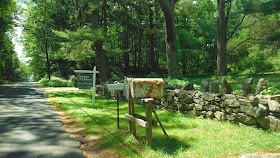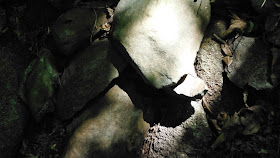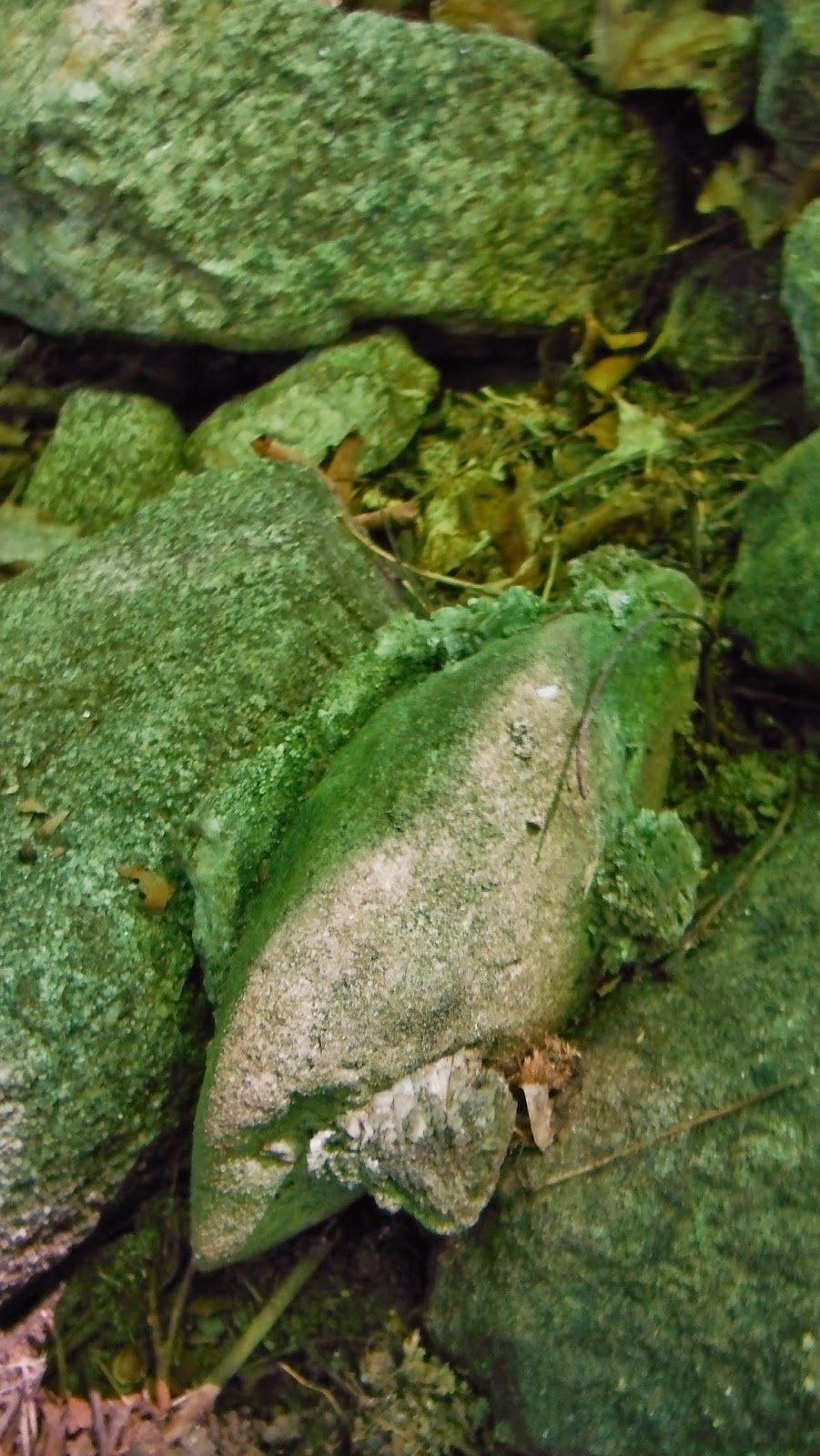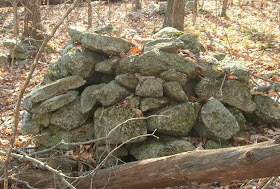There’s a new “For
Sale” sign up in front of my Great-grandfather’s old house. I just happened to
stop by the place yesterday, showing it to Fred and Ida, visiting from
California.
I’d been
thinking about him – and his son Al - just the day before, while reading a Rock
Piles post about Moving Large Boulders {http://rockpiles.blogspot.com/2014/06/moving-large-boulders.html},
where the question was asked, “So, have you ever wondered where exceptionally
large stones in cairns and walls might have come from, and how they were
transported to the construction site?” I immediately thought of my Father’s
Uncle Al and the way he danced a huge boulder, taller than himself, around my parents’
house, from one side to the other, and across the field where we pastured
sheep, down that hill, to a spot by the brook. He did it all by himself (I was
just a little kid at the time), always in control, the stone going exactly
where he wanted, some blocks of wood, a long iron pry-bar and an even longer
piece of lumber for levers his only tools. I thought he was the strongest man in the
world after that for the longest time until I eventually came to understand
that these were old tricks he probably learned from his father, my great
grandfather Giovanni. In my lifetime I’ve used those same tricks and a few more
to move some incredibly heavy stones and timbers – and won a dollar or two
betting I could do it, all by myself, just like Uncle Al.
So the short answer
to that question about Large Boulders is: Indigenous People of Turtle Island
moved large boulders without draft animals the same ways other human in other
places in the world did the same thing, using every trick in the book – whether
they had books or not.
Well, anyway –
the overgrown shrubbery had been trimmed back or even cut down to the ground so
the house was more visible than it had been recently, so I took a few photos of
it and the stonework in front of it, testaments to the talents of my ancestors –
here’s some of that:
But I also drove
up the driveway to a couple outbuildings where this nearby boulder took me by
surprise:
I just don’t know
what to think about that one…
Was it a recent creation or my greatgrandfather’s?
Or is it far older than that and just left alone?
All I know for sure is that I will never know for sure…

















































+Rhomboid.jpg)




.JPG)


.JPG)
